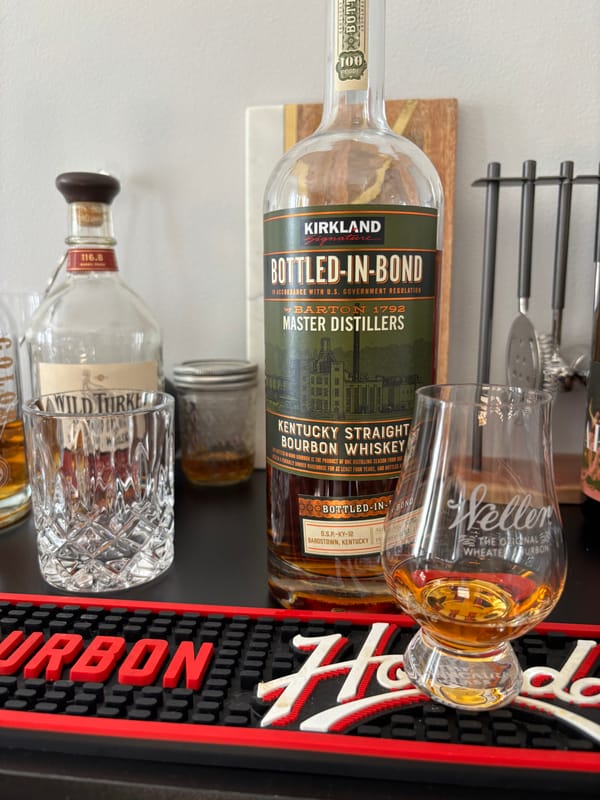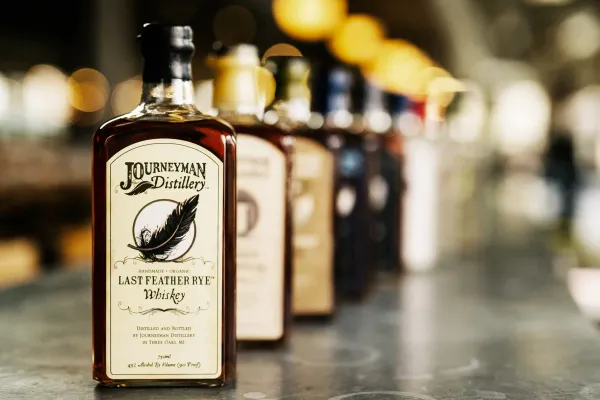Whiskey Mash Bill Mysteries: The Grain Mix You’ll Wish You’d Unraveled Sooner

Mash Bill Ratios: The Whiskey Blueprint You Can’t Overlook
The mash bill is whiskey’s recipe card—if you don’t know how those grain ratios work, you’re missing the map to every bottle’s flavor. It’s all legal and locked in stone. Here’s the rock-solid truth about whiskey mash bills, straight from U.S. law, and why it’s your 2025 must-know.
What’s a Whiskey Mash Bill?
Under U.S. law, whiskey starts with a mash bill—bourbon needs at least 51% corn, rye whiskey 51% rye, wheat whiskey 51% wheat—distilled to 160 proof max, barreled at 125 proof max, aged in new charred oak, and bottled at 80 proof minimum. The rest—barley, extra corn, rye, or wheat—varies, but that 51% sets the type. Every whiskey’s mash bill is its flavor DNA, with no exceptions.
How Mash Bills Build Whiskey
Grains are milled into flour, mixed with water, and heated to 180-200°F to convert starches into sugars over hours. Yeast ferments this mash into an 8-10% ABV liquid across three to five days, locking in the grain’s profile—corn’s richness, rye’s bite, wheat’s silk. Distillation refines it, but the mash bill’s ratio dictates what survives—51% minimum ensures dominance, extras tweak the tune.
What Mash Bills Mean for Your Pour
A 51% corn mash gives the bourbon a sweet, full body—vanilla, and caramel lead after oak aging. A 51% rye mash turns whiskey sharp—pepper and spice cut through. Wheat at 51% softens it—creamy and mellow. Higher secondary grains (e.g., 30% rye in bourbon) shift the balance—law sets the floor, and ratios shape the sip.
Why Mash Bills Matter in 2025
Mash bills are whiskey’s flavor architect—by 2025, decoding them could reveal why your glass tastes the way it does. It’s the truth in every ratio—don’t sip blind. Want to taste the mash bill magic? Check out NEAT: Whiskey Finder—it’ll help you track down bourbon and whiskey near you.





